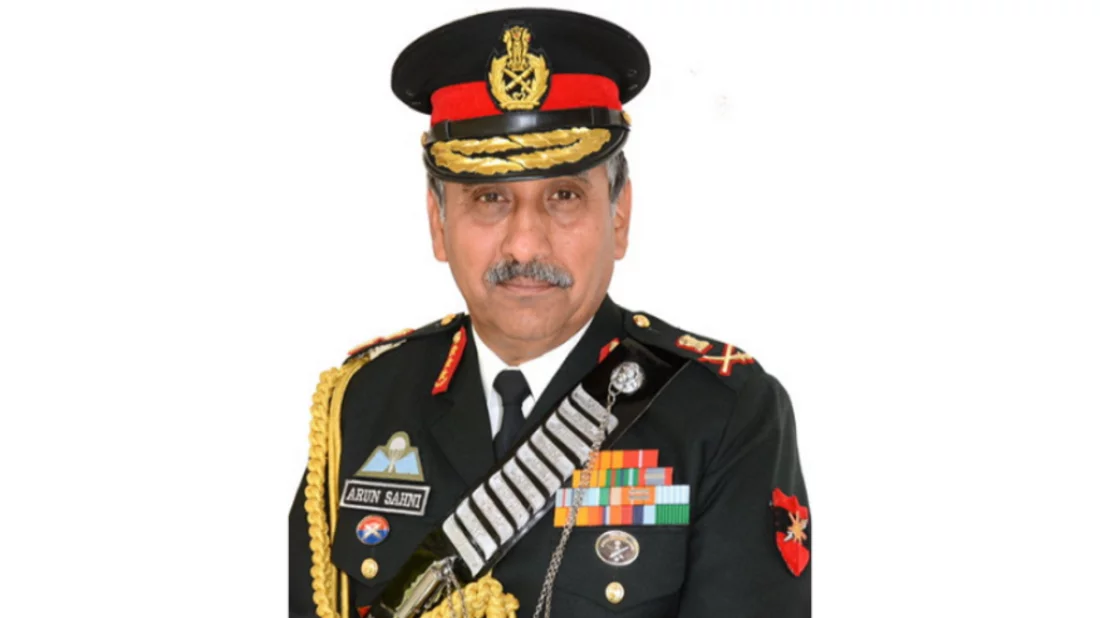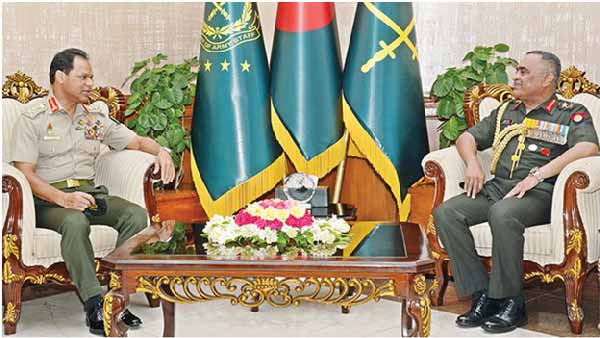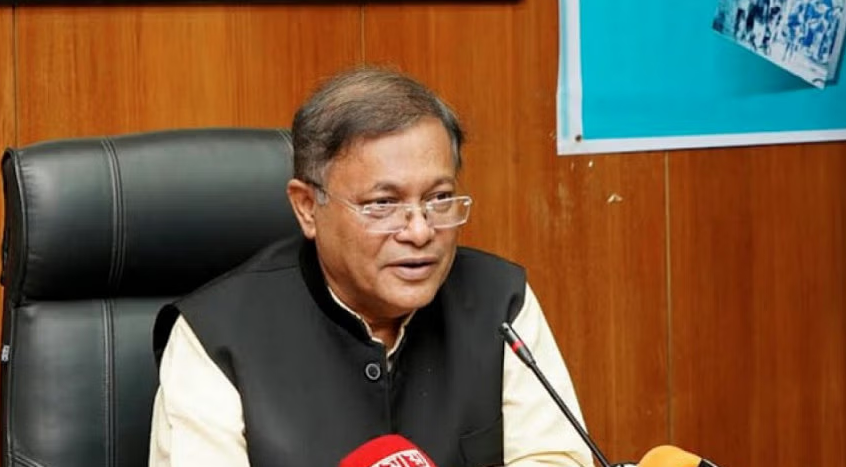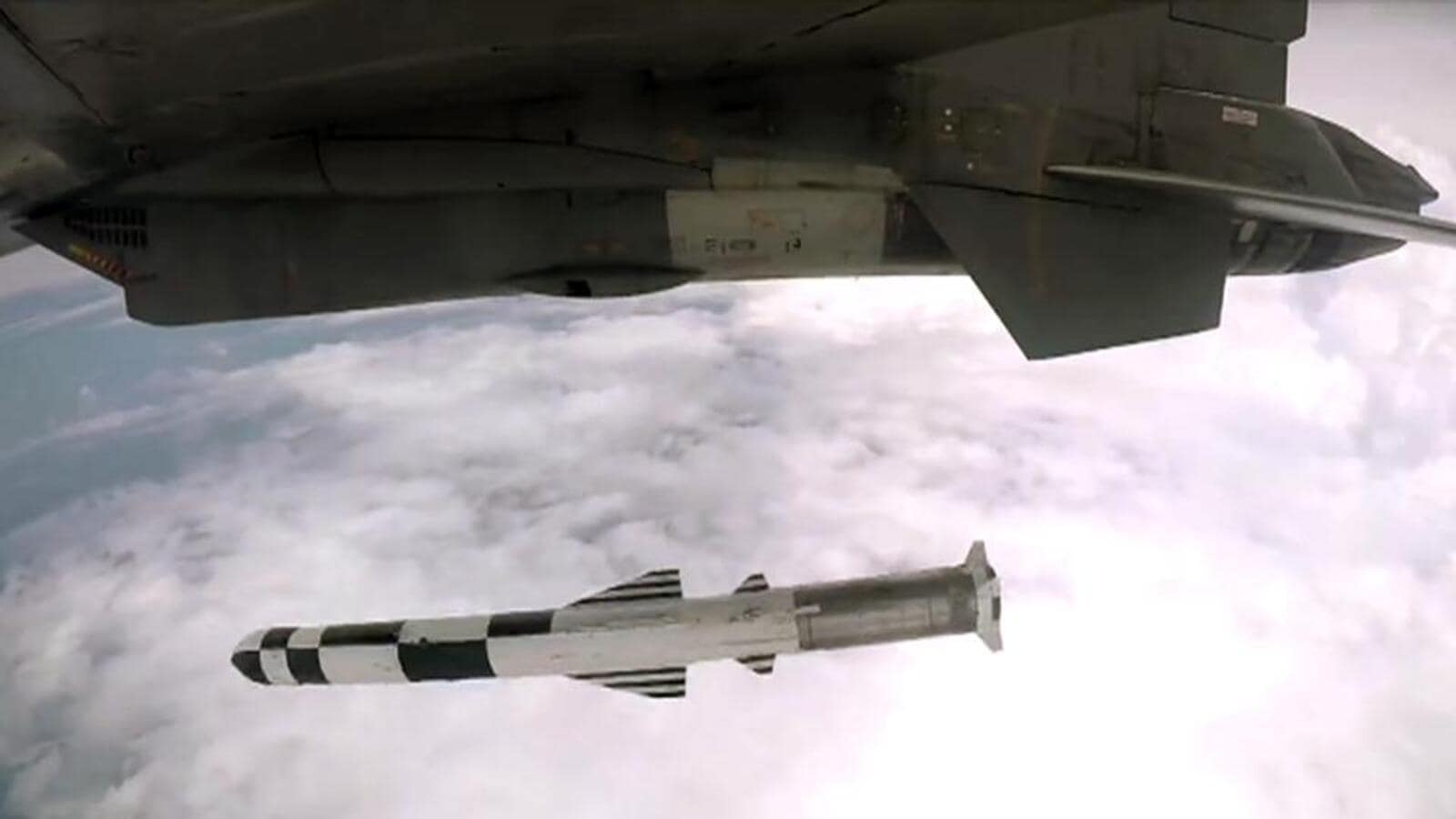Saif
Senior Member
- Jan 24, 2024
- 12,627
- 7,011
- Origin

- Residence

- Axis Group

- Copy to clipboard
- Thread starter
- #13
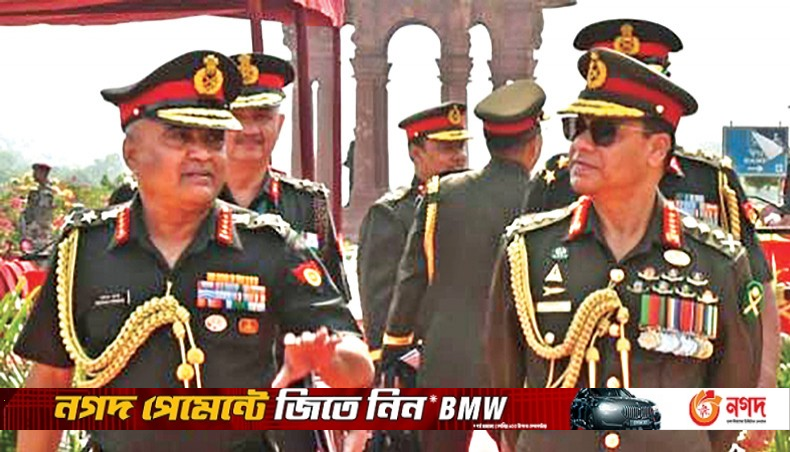
Bangladesh, India army chiefs discuss strategic partnership
The army chiefs of Bangladesh and India on Thursday discussed various issues pertaining to enhancing and strengthening interoperability, training, anti-terrorism collaboration and overall bilateral cooperation as part of the comprehensive strategic...
 www.newagebd.net
www.newagebd.net
Bangladesh, India army chiefs discuss strategic partnership
Bangladesh Sangbad Sangstha . Dhaka | Published: 23:20, Apr 27,2023



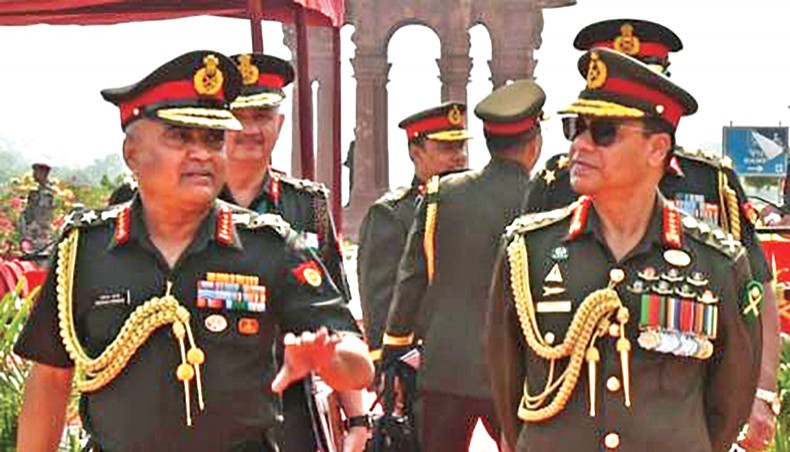
 Bangladesh Army chief General SM Shafiuddin Ahmed and his Indian counterpart General Manoj Pande talk on bilateral cooperation in New Delhi on Thursday. — BSS photo
Bangladesh Army chief General SM Shafiuddin Ahmed and his Indian counterpart General Manoj Pande talk on bilateral cooperation in New Delhi on Thursday. — BSS photo
The army chiefs of Bangladesh and India on Thursday discussed various issues pertaining to enhancing and strengthening interoperability, training, anti-terrorism collaboration and overall bilateral cooperation as part of the comprehensive strategic partnership between the two nations.
The discussion took place in Delhi when Bangladesh Army chief General SM Shafiuddin Ahmed held meeting with his Indian counterpart General Manoj Pande, according to a press release of Indian defence ministry.
The Bangladesh army chief arrived in New Delhi on a three-day visit to India on Thursday to meet India’s senior military and civilian leadership where he is expected to discuss avenues for enhancing India-Bangladesh defence relations.
General Shafiuddin commenced his visit by paying tributes to the fallen heroes of the Indian Armed Forces by laying a wreath at the National War Memorial.
The visiting general was accorded a guard of honour at the South Block Lawns, said the release. General SM Shafiuddin Ahmed also called on General Anil Chauhan, chief of defence staff, Admiral R Hari Kumar, chief of naval staff, Air Marshal AP Singh, vice-chief of air staff, defence secretary and the foreign secretary.
He was also briefed on the Indian indigenous defence equipment manufacturing eco-system by the Department of Defence Production and the Army Design Bureau.
An Implementing Arrangement for UN Peacekeeping Operations and Training Cooperation between Centre for United Nations Peacekeeping (CUNPK), India and Bangladesh Institute of Peace Support Operations Training (BIPSOT), Bangladesh was signed between both Armies during the visit.
The visiting Bangladesh army chief is the reviewing officer for the passing out parade at Officers Training Academy, Chennai scheduled on April 29.
He will visit the Officers Training Academy Museum and interact with the cadets of the passing out course.
India and Bangladesh share the historical legacy of cooperation and support during the Liberation War of 1971.
The active engagement on the defence side includes high-level exchanges at the level of service chiefs, conduct of the inaugural annual defence dialogues by the defence secretaries, tri-services and service-specific staff talks.
Exchange visits of Bangladesh Mukti Jodhas and Indian war veterans take place every year in December to mark the Victory Day celebrations in Dhaka and Kolkata.





The army chiefs of Bangladesh and India on Thursday discussed various issues pertaining to enhancing and strengthening interoperability, training, anti-terrorism collaboration and overall bilateral cooperation as part of the comprehensive strategic partnership between the two nations.
The discussion took place in Delhi when Bangladesh Army chief General SM Shafiuddin Ahmed held meeting with his Indian counterpart General Manoj Pande, according to a press release of Indian defence ministry.
The Bangladesh army chief arrived in New Delhi on a three-day visit to India on Thursday to meet India’s senior military and civilian leadership where he is expected to discuss avenues for enhancing India-Bangladesh defence relations.
General Shafiuddin commenced his visit by paying tributes to the fallen heroes of the Indian Armed Forces by laying a wreath at the National War Memorial.
The visiting general was accorded a guard of honour at the South Block Lawns, said the release. General SM Shafiuddin Ahmed also called on General Anil Chauhan, chief of defence staff, Admiral R Hari Kumar, chief of naval staff, Air Marshal AP Singh, vice-chief of air staff, defence secretary and the foreign secretary.
He was also briefed on the Indian indigenous defence equipment manufacturing eco-system by the Department of Defence Production and the Army Design Bureau.
An Implementing Arrangement for UN Peacekeeping Operations and Training Cooperation between Centre for United Nations Peacekeeping (CUNPK), India and Bangladesh Institute of Peace Support Operations Training (BIPSOT), Bangladesh was signed between both Armies during the visit.
The visiting Bangladesh army chief is the reviewing officer for the passing out parade at Officers Training Academy, Chennai scheduled on April 29.
He will visit the Officers Training Academy Museum and interact with the cadets of the passing out course.
India and Bangladesh share the historical legacy of cooperation and support during the Liberation War of 1971.
The active engagement on the defence side includes high-level exchanges at the level of service chiefs, conduct of the inaugural annual defence dialogues by the defence secretaries, tri-services and service-specific staff talks.
Exchange visits of Bangladesh Mukti Jodhas and Indian war veterans take place every year in December to mark the Victory Day celebrations in Dhaka and Kolkata.

